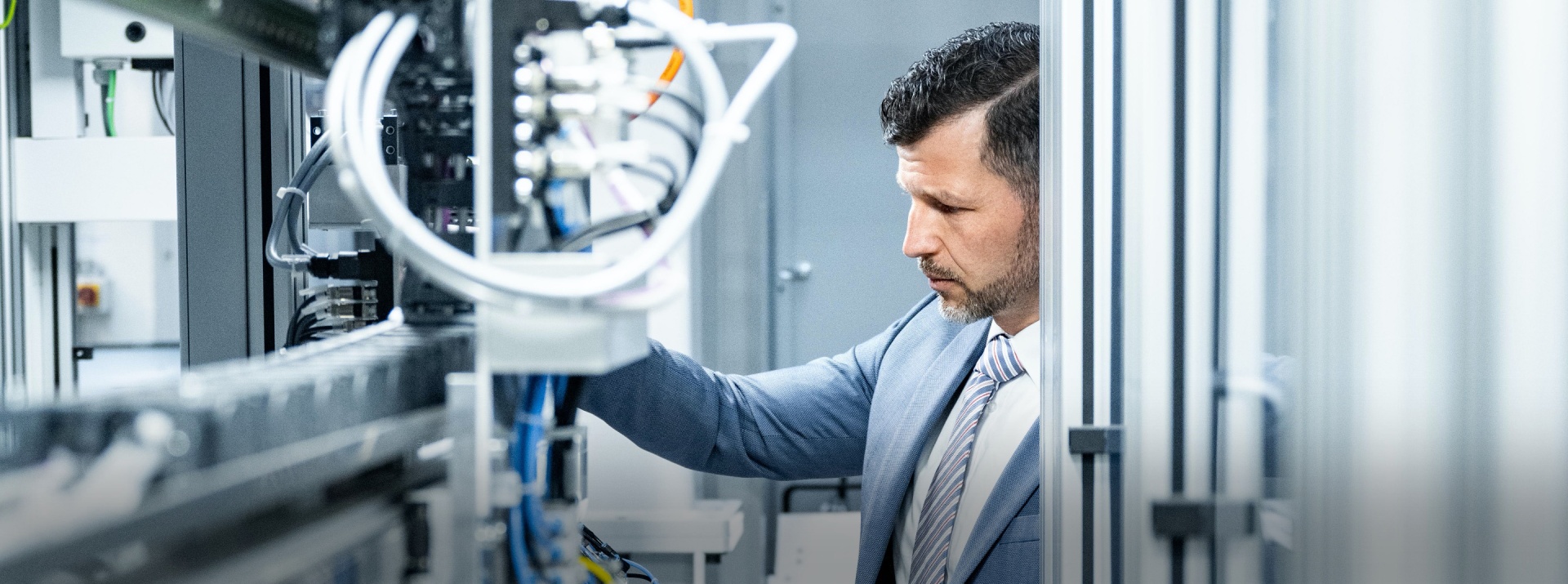
Director Gerhard Schwarz is responsible for the Mechatronic Systems Product Unit at Knorr-Bremse’s commercial vehicle plant in Aldersbach, which is equipped with a state-of-the-art, self-learning rework system.
Even when quality standards are stellar, rework is an important part of ensuring product quality – in all industry sectors. Data-driven solutions not only deliver the highest possible efficiency during the rework process, they also make it possible to quickly identify and eliminate the root causes of non-conformances or defects. Ultimately, this should make the rework process itself superfluous. Knorr-Bremse has implemented a self-learning system at the Commercial Vehicle Systems division’s Aldersbach plant that is making the most of this opportunity.
On a sunny March day, not far from Passau in Germany, the town of Aldersbach with its 900-year-old monastery appears quiet and peaceful. And yet beneath this tranquil surface, it is bursting with potential for digital innovation that could revolutionize the mobility of tomorrow. With more than 1,000 employees, Aldersbach is Knorr-Bremse’s leading production facility for commercial vehicle brakes and mechatronic systems. Operational innovations developed here are eventually rolled out to Knorr-Bremse plants all over the world.
Gerhard Schwarz and Armin Eisenreich are standing on the factory floor in front of the plant’s 16 assembly lines that run in serial three-shift operation. Gerhard Schwarz heads the Mechatronic Systems product unit at the site and is due to take over as Plant Manager on April 1, 2022. “We manufacture two types of commercial vehicle subsystems here,” explains Schwarz. “First, mechatronic systems such as electronic brake control and air treatment systems. And second, around 90 percent of our European output of pneumatic disc brakes.”

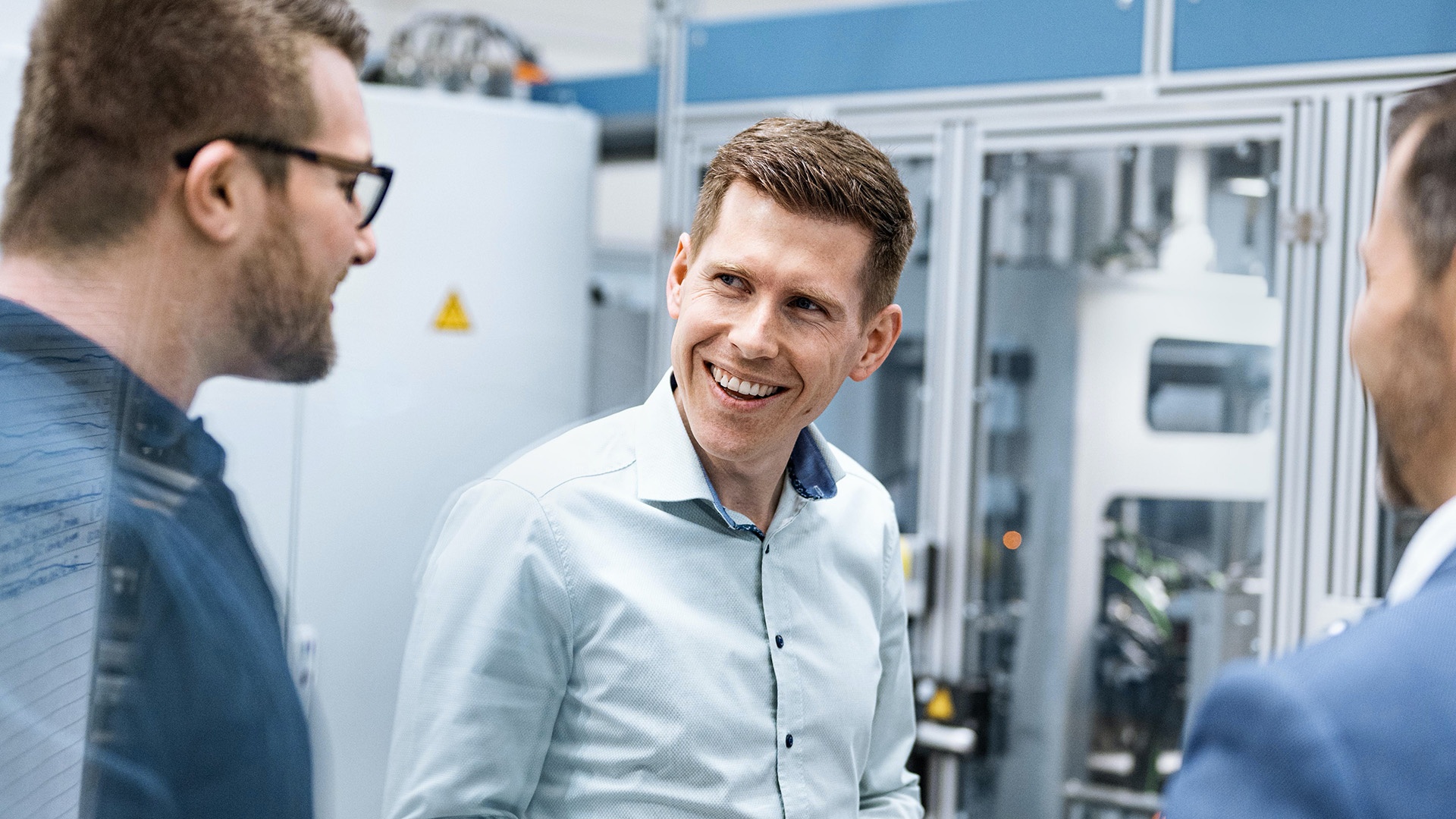
A major boost for rework efficiency
Every single system that leaves the factory, right down to the smallest component, must fulfil an unbreakable pledge of quality. One of the countless quality assurance processes in Aldersbach is known as “rework”. Since the end of 2021, Aldersbach’s rework system has been largely digitized. “Working closely with the STIWA Group – which has been supplying the systems we use to manage the entire Aldersbach production operation for more than 10 years – we developed a new digital tool. It’s called AMS Analysis-CI Rework,” explains Armin Eisenreich, Quality Planning Team Leader in the Mechatronic Systems unit, who headed the joint development project with STIWA. The system has been an integral part of the AMS ZPoint-CI plant control hub since the end of 2021 and its performance so far has been very promising. “We’re expecting the Rework tool to improve our functional test failure rate by 30 percent,” adds Gerhard Schwarz. The smaller the number of manufactured parts that need to be reworked, the more profitable the production operation becomes.
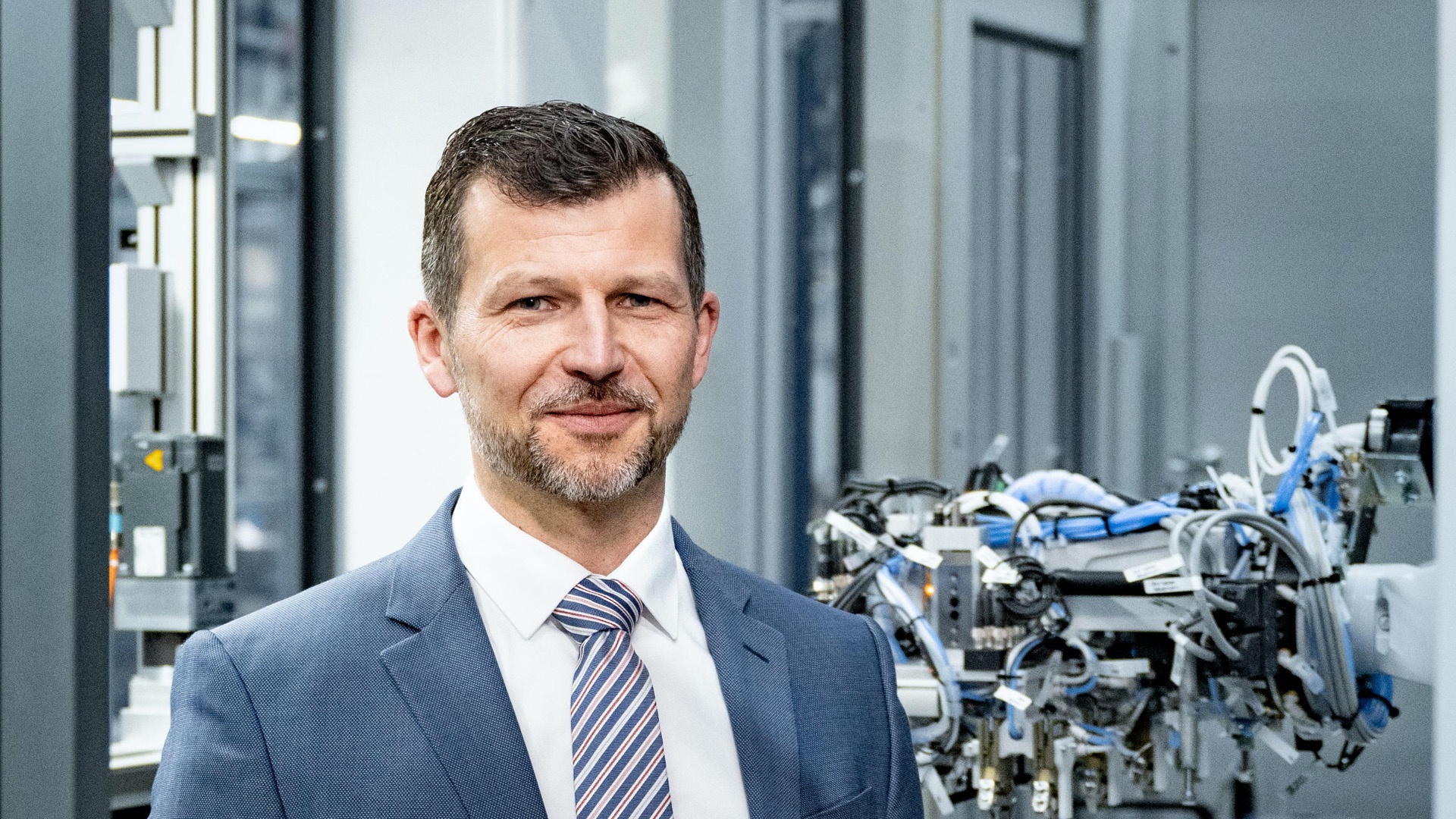
Probability of success: only the best suggestions
The plant’s rework station has been using the process-optimizing system for the last few months. This is where components that do not 100 percent comply with the quality criteria are rectified. According to Eisenreich, this is something that needs to be done across all industries, even by manufacturers working to the highest quality standards: “Maybe because supplied workpieces are defective, or because first signs of wear have caused production machines to deviate by a few nanometers.”
The AMS Analysis-CI Rework tool has a number of special features. When a defective workpiece is presented to the rework team, the system displays the most promising suggestions for eliminating the defect on screen. How is the system able to do this? “The Rework tool is data-driven and works with an artificial intelligence in the background that learns from previous non-conformances and rework actions,” explains Gerhard Schwarz. “Consequently, all rework team members can draw on the same wealth of experience, so the quality of their work is becoming much more precise – their root-cause analysis in particular is much more accurate.” The Rework tool rescues parts previously (and erroneously) regarded as unsalvageable because the cause of the defect remained unidentified. But the tool also saves unnecessary iterations during the rework process.

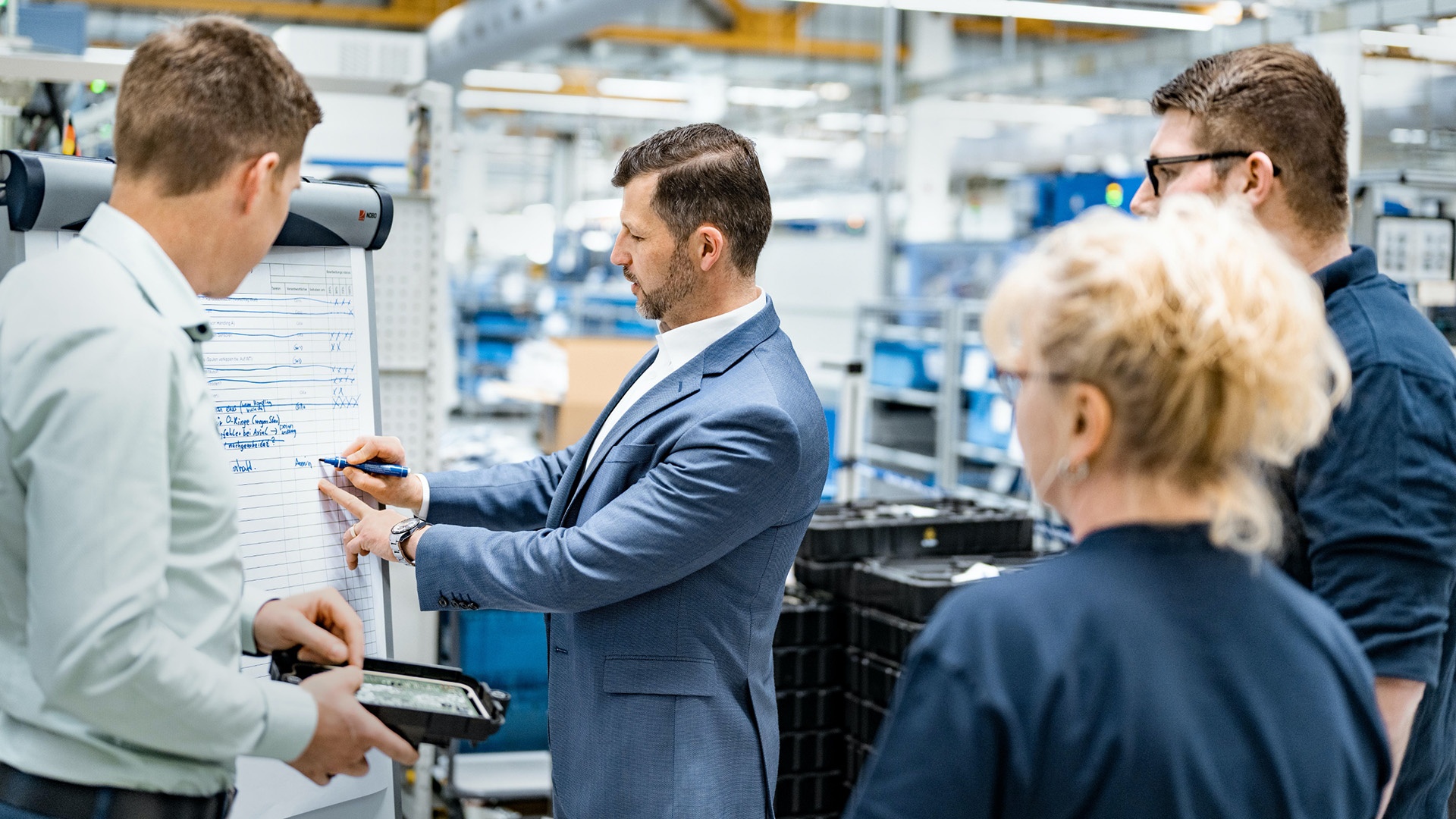
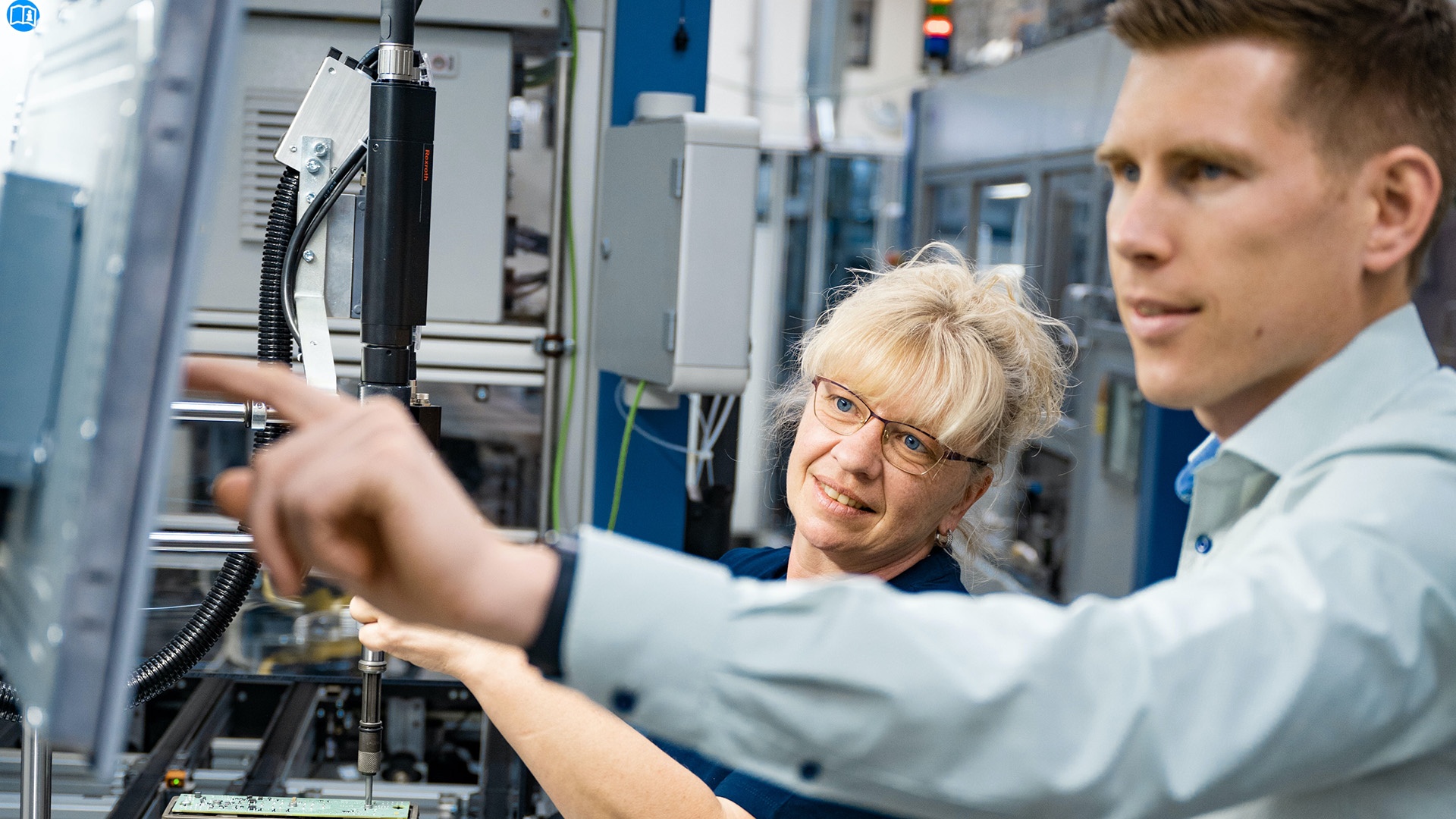
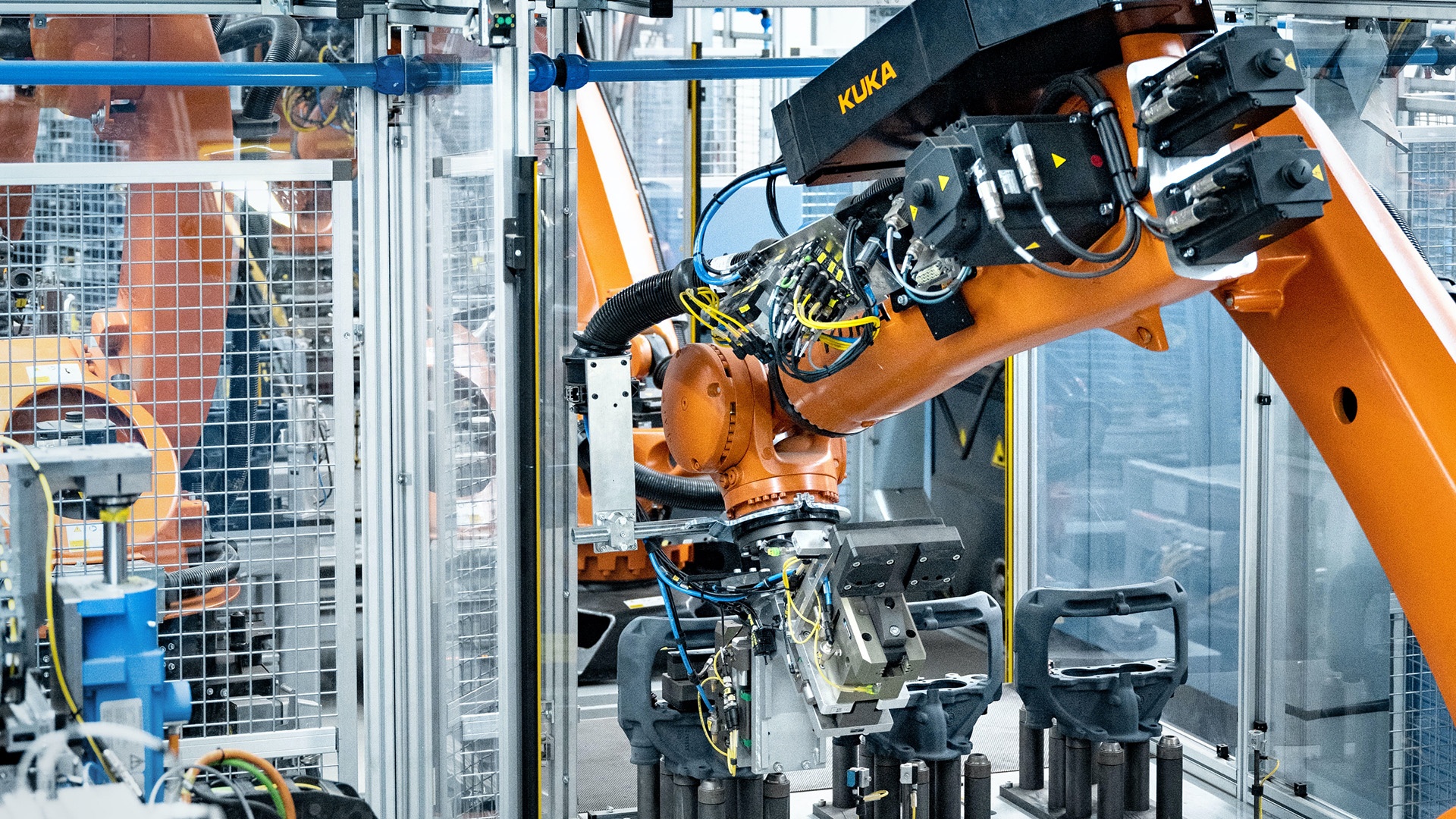
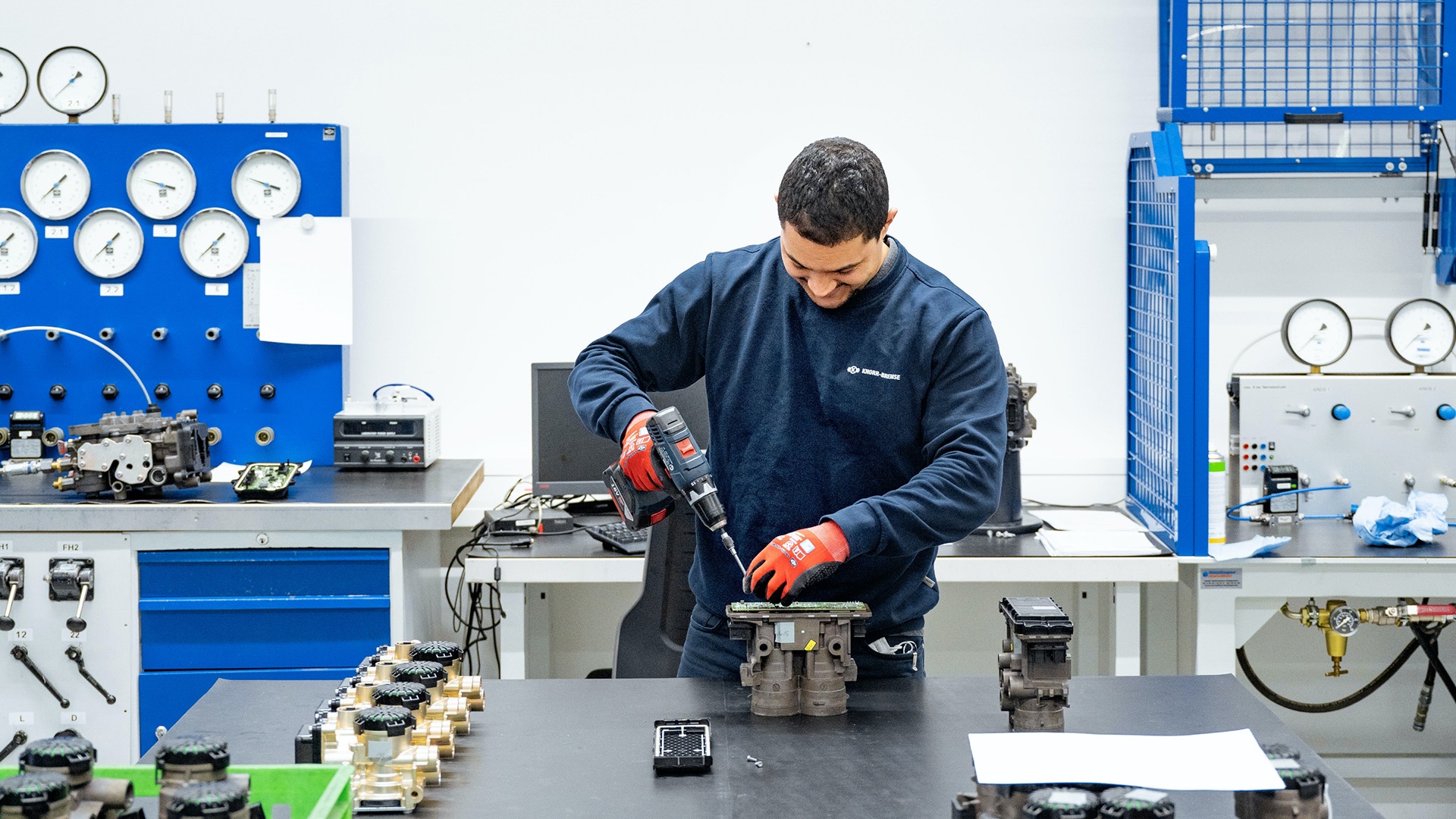
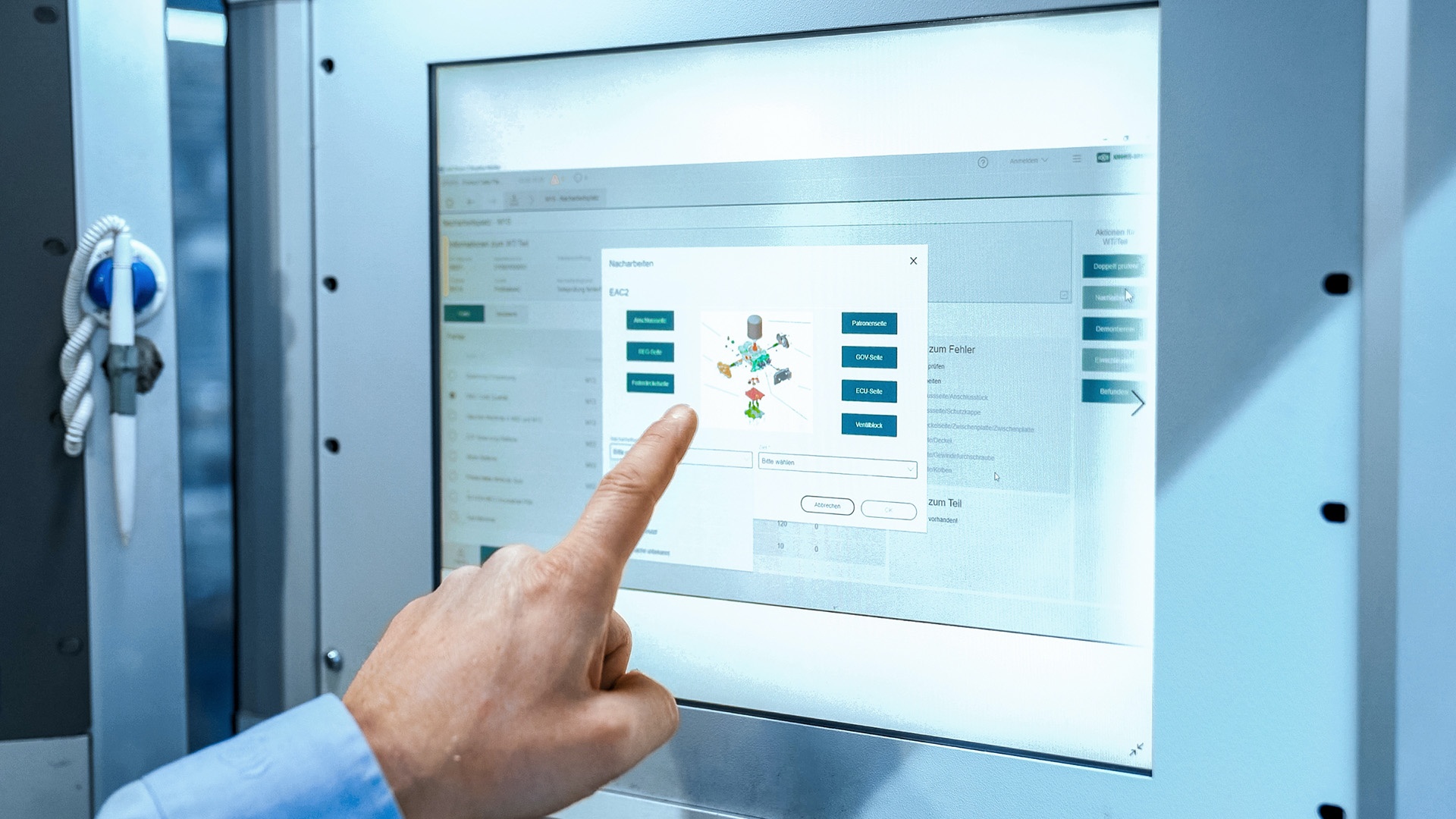
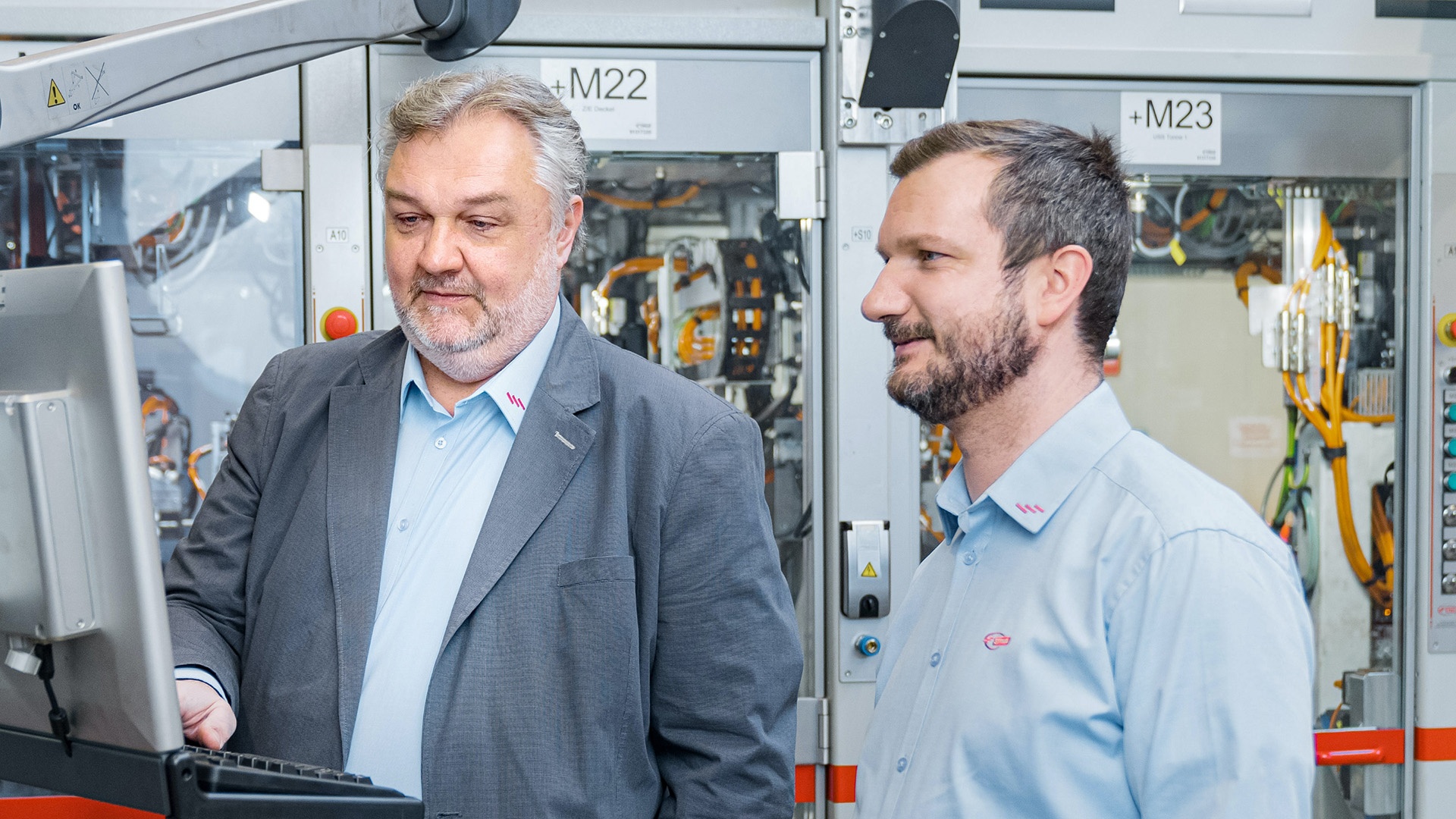
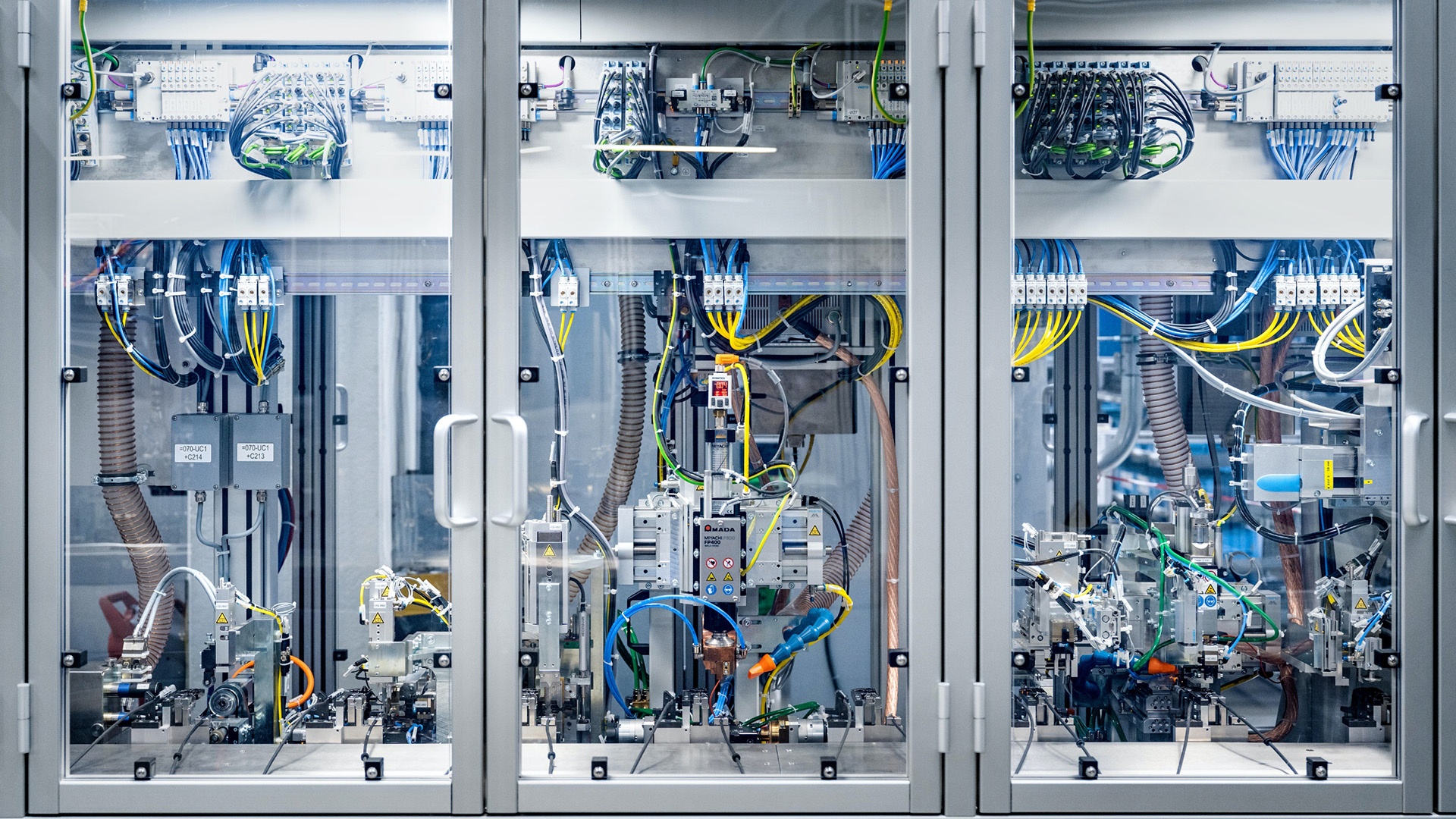
The self-learning rework system
Previously, non-conforming components and their accompanying error messages were submitted to specially trained system operators at the rework station, who had to use their experience to determine the possible cause of the problem. Was the originally supplied component defective? Did something get jammed? Was there enough lubricant? Whether – and if so, how quickly – the cause was identified depended to an extent on individuals.
The Rework Analysis tool automates a large part of this process, while also steadily feeding information to the self-learning system. A component with a new, hitherto unknown defect is first inspected in microscopic detail in a diagnostics lab. The identified cause of the defect is then entered into the Rework Analysis system. If this defect reappears on the assembly line, the workers there are immediately informed of the probable cause determined by the laboratory so they can quickly take the appropriate remedial action. But if an assembly-line worker immediately performs the correct rework action on his or her own initiative, as subsequently confirmed by the test rig, the root cause identified by the worker is displayed as the probable cause the next time the defect appears.
If the same error message is received in the future, the component is directed to the relevant production line’s rework station and booked in. The on-screen recommendation by the Rework Analysis tool will suggest taking the previously successful rework action. The rework team usually follow this instruction by, for example, rectifying a misconnected screw, and then use the touchscreen to inform the system. The component is then reinspected. A successful operation reinforces the system’s suggested approach to the solution, so that in the future, it will probably make the same rework recommendation. But if the operation is unsuccessful, other causes must be identified, together with the appropriate rework actions.
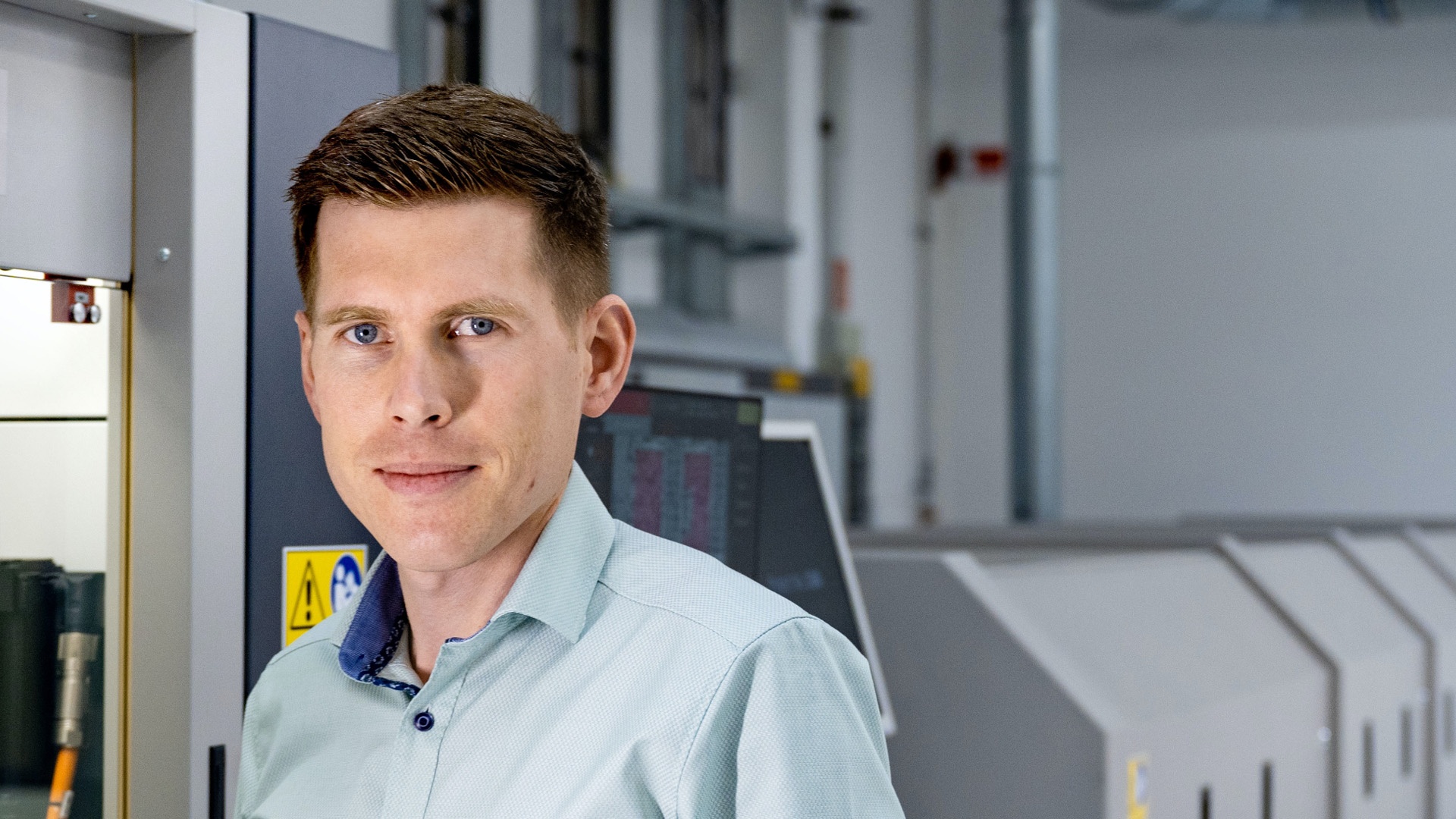
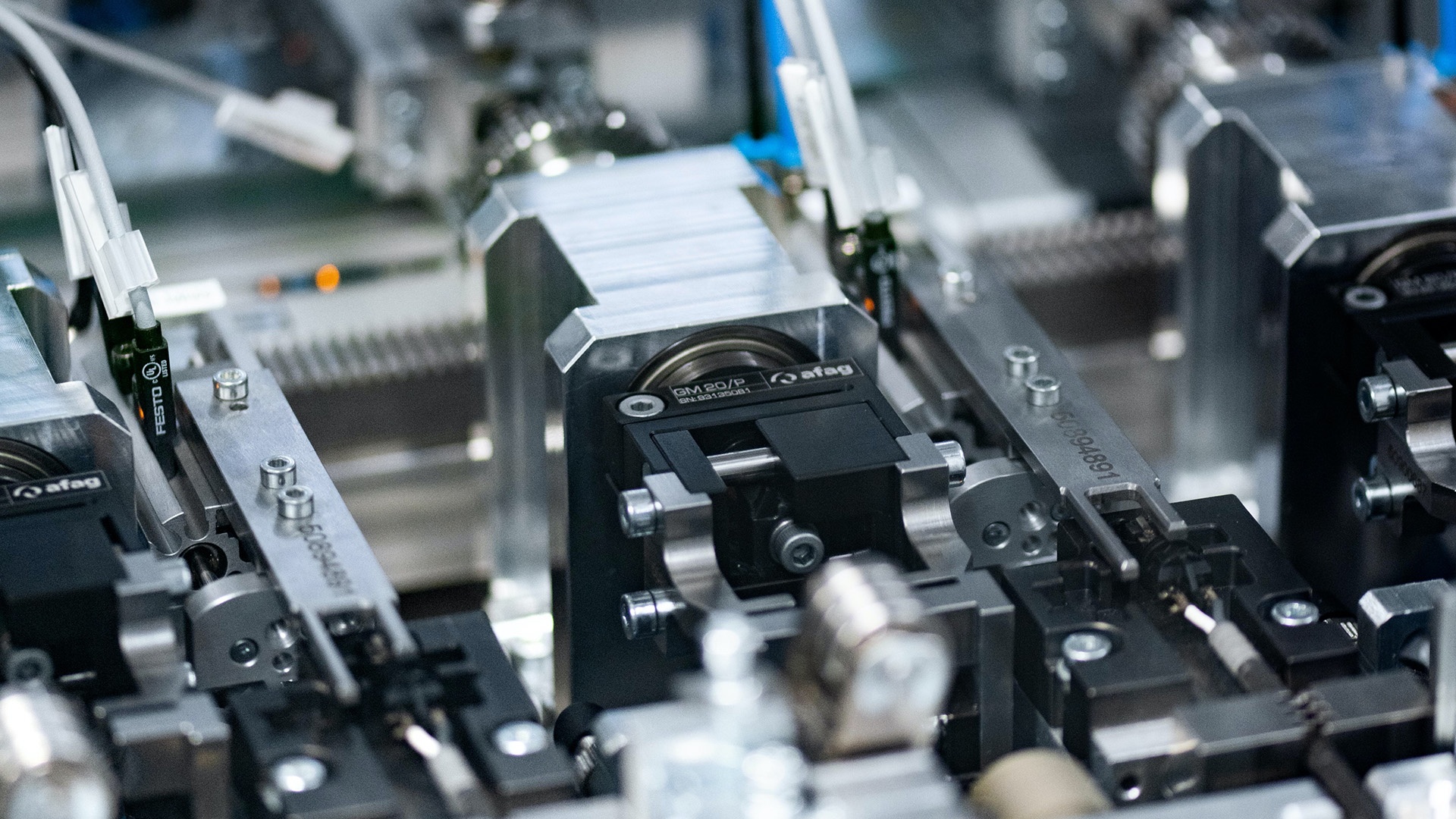
Surprisingly smart
To start with, the Rework tool development team were not planning to include rework recommendations weighted by probability of success. The original idea was to give employees at the rework station the clearest possible indication of the likely cause of a given defect.
Previously, these recommendations were obtained from a database that required regular, time-consuming updates. The database was not integrated into the ZPoint plant control hub (the brain behind the assembly lines). After a glance at the rework station’s touchscreen, Armin Eisenreich explains the earlier process: “There used to be two screens here. One of them was used to operate the workstation and call up information on the production process. The other displayed extensive details of previous error messages and possible solutions. The rework team members were responsible for correlating the two.” This was made even harder by the fact that the laboriously and manually updated information in the rework database was often incomplete.
And then, quite suddenly: Machine Learning
The new Rework Analysis tool was intended first and foremost to eliminate this data discontinuity; in the future, the rework team would only need to access a single system for all rework purposes. But during the agile, iterative development process followed by Knorr-Bremse and the STIWA Group, it quickly became apparent that this system would almost inevitably end up as a self-learning one.
Thomas Langthaler, Engineering Team Leader in the Manufacturing Software department and technical advisor to Knorr-Bremse plants around the world, remembers how it went: “Knorr-Bremse wanted the Rework tool’s interface to be intuitive and user-friendly, so that no input would need more than five clicks. While we were working out the technical structures to make that possible, it became clear that we needed a computing algorithm that was already tending toward machine learning.” After all, the screen could not – and should not – display complex tables or network graphics drawing on a vast collection of data from previous rework cases. “That would have been far too time-consuming for the rework team.”
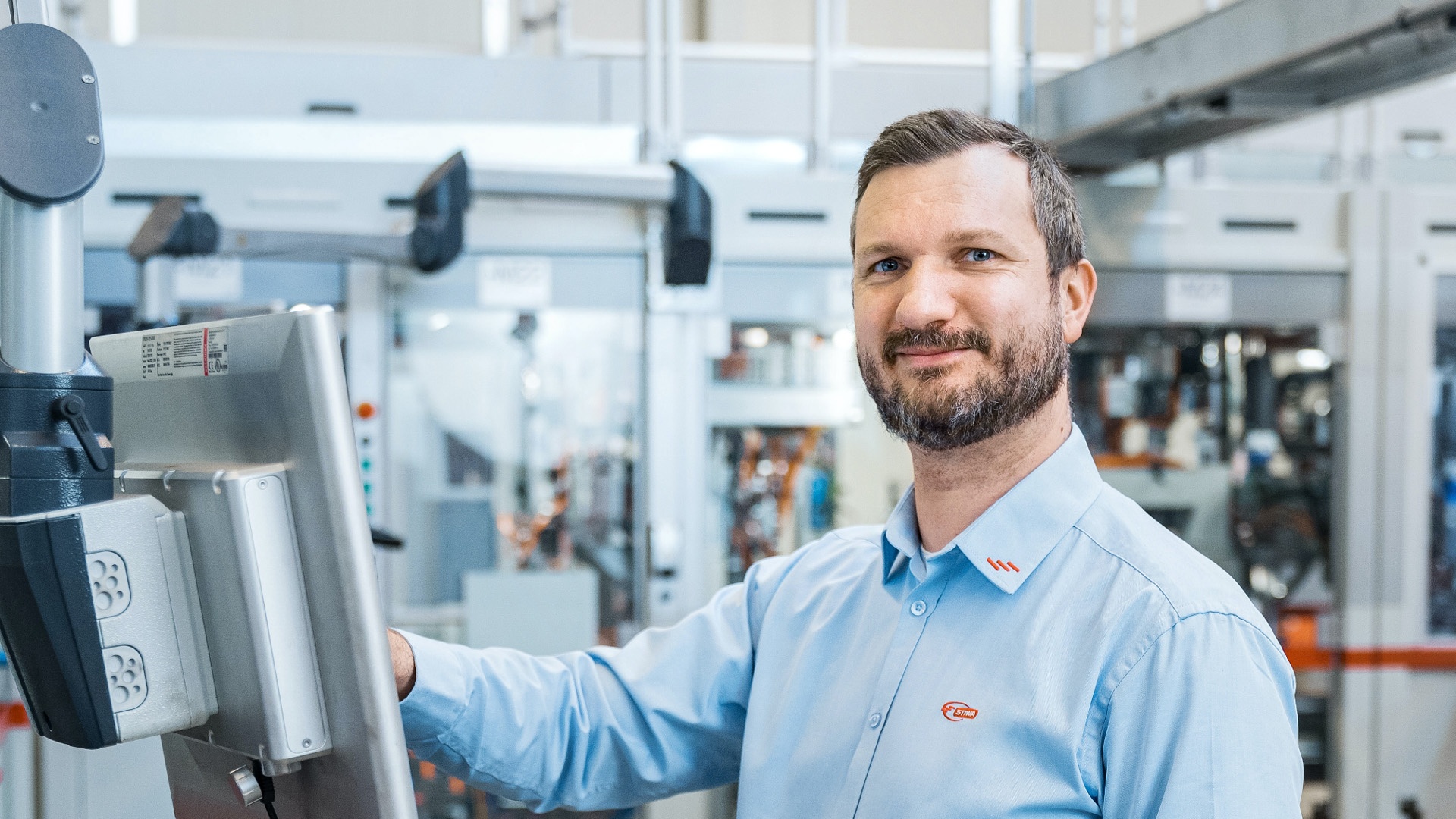
Striking at the root: eliminating root causes
The decision to incorporate the Rework tool – and all its data – into the plant control hub has other advantages. “Always following the same old routine – defect, cause, rework action – is dull,” in Schwarz’s succinct summary. “It takes you around in circles, even if you do become faster and more efficient.” The ideal solution would be to prevent known defects from occurring in the first place. “If a particular component is found to have a broken lug, it’s good to know what to do about it. But in reality, the lug shouldn’t have broken off in the first place.” And this is precisely where the consolidated data from the integrated ZPoint-CI system and the new Rework Analysis tool provides a solid basis for root-cause elimination.
This is also why quality planner Armin Eisenreich is so enthusiastic about the development of the Rework Analysis tool and its integrated database. Because his department can now use it for their very own purposes: identifying and eliminating the root causes of quality defects. “In the future,” confirms Eisenreich, “the plant control hub will be able to predict, based on all available data, exactly when a particular process will start to produce defective systems. Meaning that we’ll be able to take preemptive action well in advance.”
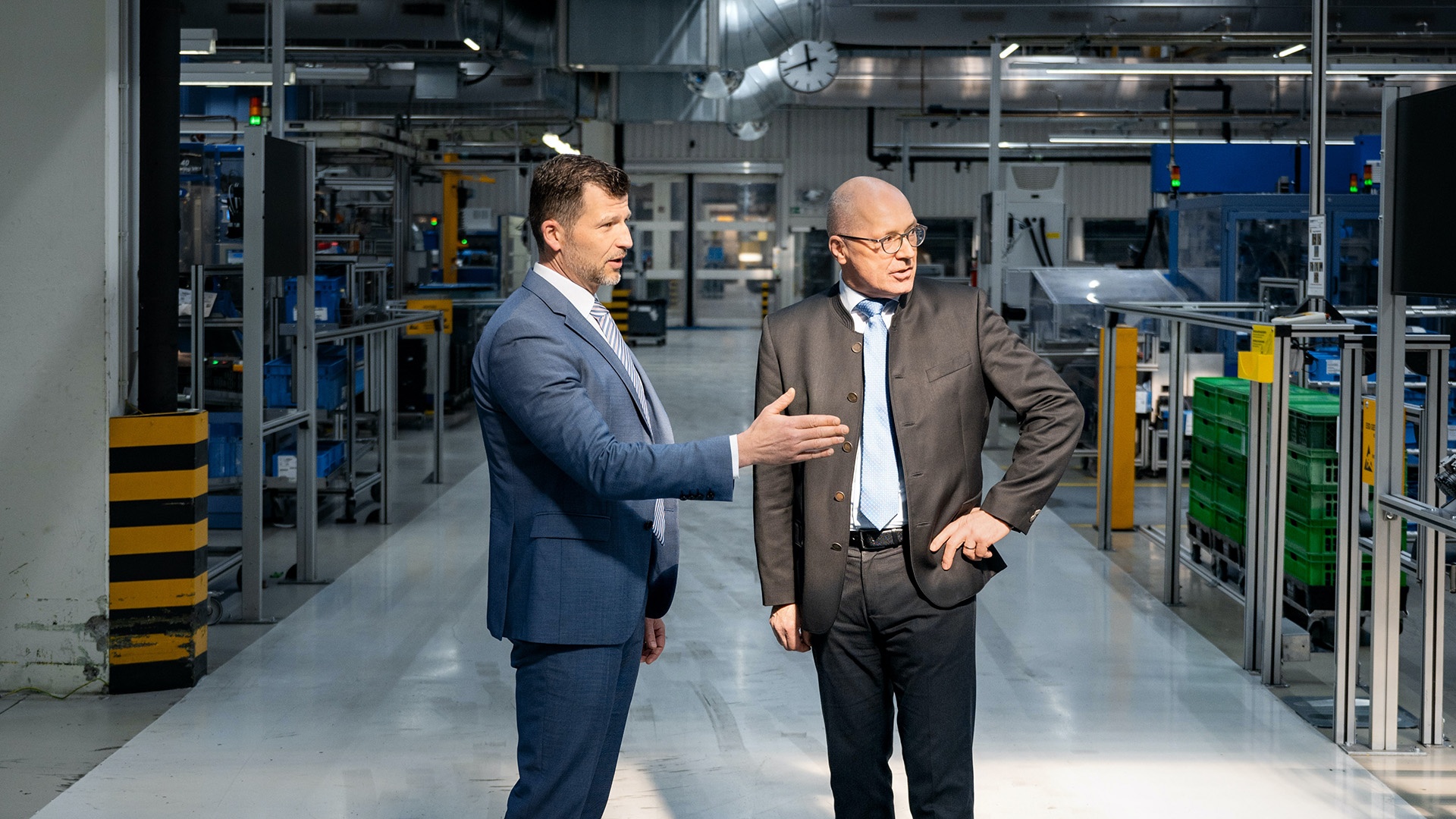
The experience advantage: international rollout
First conceived and successfully implemented in Aldersbach, the project will now benefit the entire Group. Starting in 2023, the AMS Analysis-CI Rework tool will be simultaneously rolled out at Knorr-Bremse’s Kecskemét plant in Hungary and by North American subsidiary Bendix. At the same time, the databases of the ZPoint systems on all sites will be combined to form a Cloud solution. As a result, rework team members in Hungary and North America will receive rework recommendations from Rework systems that have already been well trained – based on the experience gained in Aldersbach.
COMPANY PROFILES
Aldersbach plant (Knorr-Bremse Systeme für Nutzfahrzeuge GmbH)
The history of the Knorr-Bremse plant in Aldersbach, a southern German town of around 4,300 inhabitants, goes back to February 1, 1980, when Süddeutsche Bremsen AG – then a Knorr-Bremse company – took out a short-term lease on a plant that had been closed down the year before. Just 12 months later, the company bought the site, and has been gradually expanding the plant ever since. Today, the plant is the largest production facility for commercial vehicle disc brakes and electronic braking systems in Europe. Over the next two years, the entire portfolio of disc brakes and mechatronic systems will be replaced by a new generation of products. To manufacture them, Aldersbach will be equipped with new production systems so the factory can continue to play its leading role as a process and technology developer.
STIWA Group
Based in Attnang-Puchheim in Germany, the STIWA Group is an automation, production and software specialist that operates internationally. Among the company’s many customers are such prestigious names as Blum, thyssenkrupp Presta, VW, Bosch and Greiner Bio-One. STIWA employs more than 2,200 people at 11 sites on three continents, and reported sales of EUR 306 million in fiscal year 2020/21.